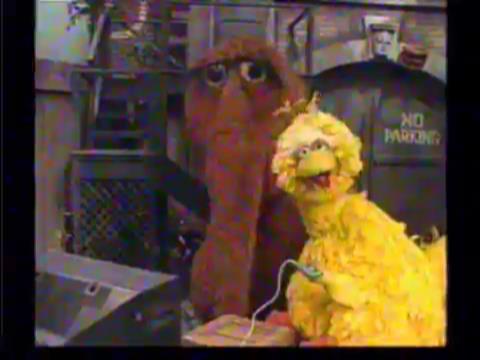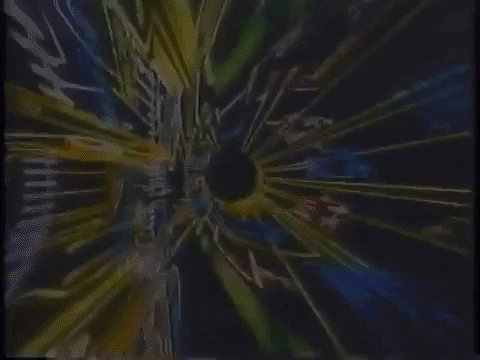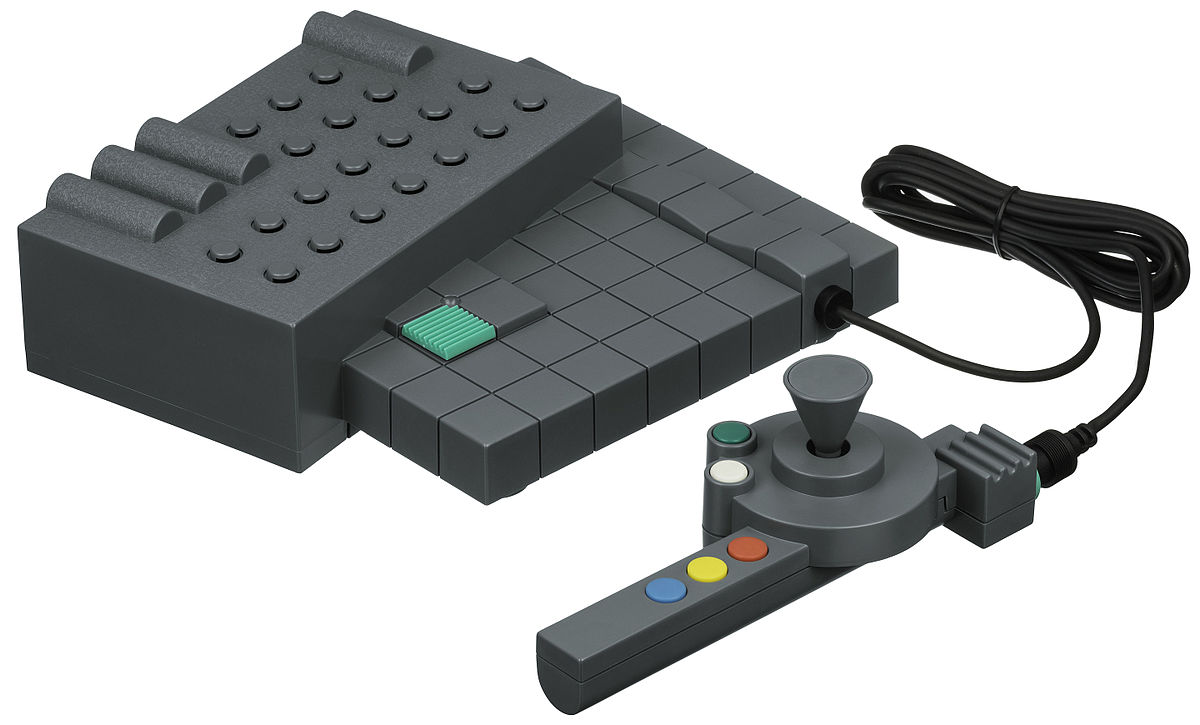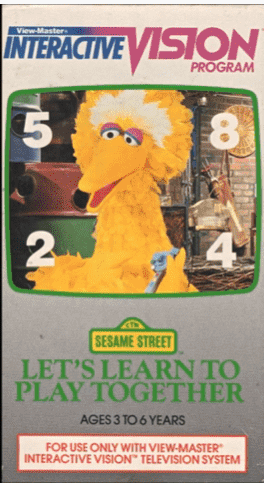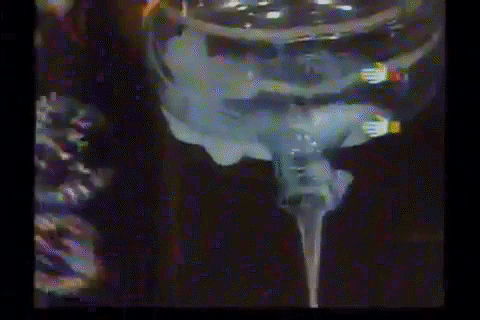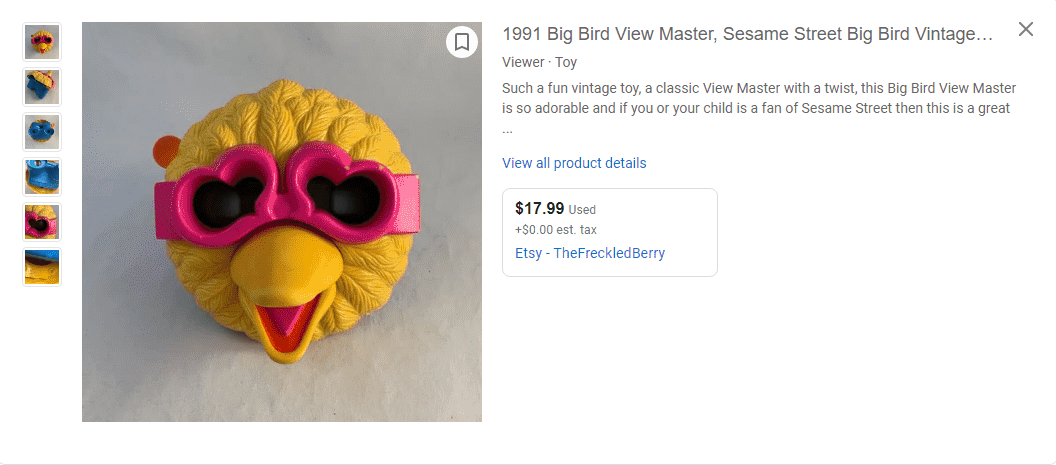Yup, we’re sticking our toes in the waters of yet another videocassette-based game console that touted interactivity and the promise of being part of what you’re watching/playing.
Previously, on Allison’s Written Words…
On a previous Retro Tech/Retro Technology article, we explored a way to combine computers, videocassettes, gaming consoles, and learning, geared toward school-age children, and found it was actually a lesser successor (in terms of sales) to its counterpart aimed at younger children. Alot of what was promised was not delivered, as the system was quickly discontinued, and the company that made it dissolved after only a few years.
Sure, it had a catchy theme song, and a title screen that makes us nostalgic for the HBO Feature Presentation introduction, but we can at least find the HBO Feature Presentation introduction whenever we want to. The gaming console, on the other hand, is extremely difficult to find.
Interactivity with anything cassettes was a hit-and-miss venture during the 1980s. While the Electronic Talk ‘n Play Learning System (and all of its name variations) proved that interaction via audio cassette was possible (and fun!), interactive gaming via videocassette, anything videocassette-based tended to languish in world mired in the third generation of home video game consoles, always trounced by something that worked so much better, with the promise of educational titles and games geared at those younger kids these companies were trying to target.
The result often meant swift discontinuation, financial losses, and in some cases, bankruptcy. And that last one was usually because a company was already on shaky ground even before the failure of their attempted console.
One company that tried its hand at breaking into video game consoles in the age of Nintendo and Sega Master System (and eventually, Genesis) was, believe it or not, was View-Master Ideal Group (yes, the company behind those cool little personal slideshow viewers we all had as kids), and their sacrificial lamb – er, offering – was the View-Master Interactive Vision.
That’s a Funny-Looking Thing….
The View-Master Interactive vision entered into the highly competitive video game market in 1988.
Priced at $120 USD ($251.88 in 2020), the system offered interactivity via videocassette tapes, a console that connected to the home VCR, and educational value within its “software.”
The controller was five buttons and a joystick, and the system looked like the video game console version of a 1980s sweater.
And the facial expressions are the before and after reactions to View-Master Interactive Vision. I’m sure there’s a box fan somewhere to blow your hair around.
The console came with one pack-in game, Sesame Street’s Let’s Learn to Play Together, which demonstrates how the system works, while allowing children to actually play through material that would be part of other Interactive Vision videos.
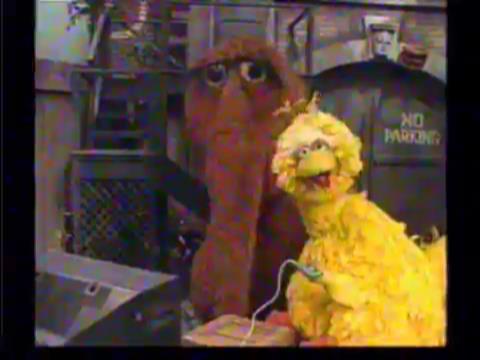
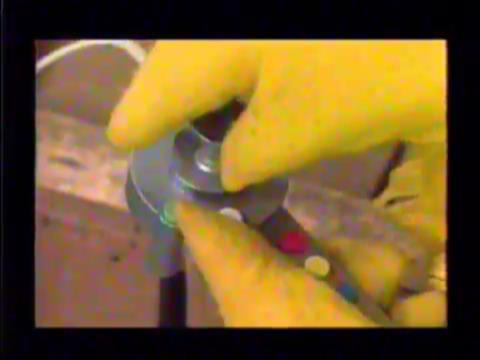


After Luis sets up the console with their television, Big Bird and Snuffaluffagus (had to make sure I spelled that right!) learn how to use the console, and teach it to the audience.
There’s learning how to select, how to choose the correct answer, picking elements to create a story, as well as a song, and even an arcade-style game where you have to collect all the bubbles Snuffy creates.
The overlay of the graphics are in the style of the Colecovision, with two soundtracks recorded. The outcome (both graphics and soundtrack used) of gameplay/stories/songs is contingent on a choice the player makes.

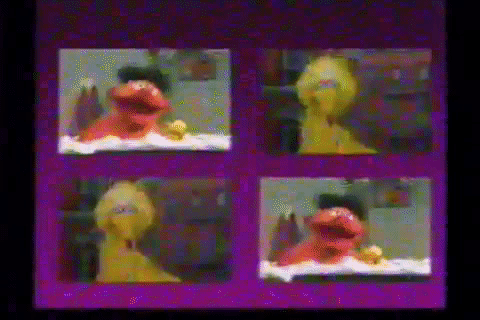
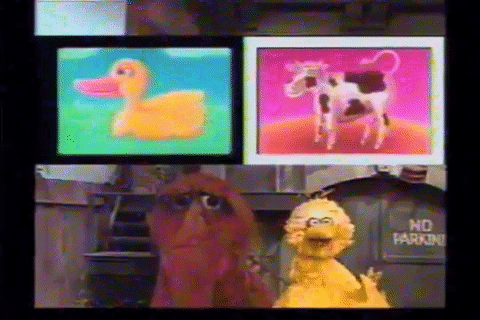
Seven games were made – four Sesame Street games (Let’s Play Together, Magic on Sesame Street, Let’s Play School, Oscar’s Letter Party), two Muppet games (Muppet Madness and You’re The Director!), and a Disney game, Disney’s Cartoon Arcade, which features pre-existing Disney theatrical shorts and the Ludwig Von Drake episodes from the Walt Disney Anthology series.
Now, I’ve only watched Let’s Learn to Play Together, but the whole concept seemed like this was a videocassette-based console that actually stood a chance in the ultra-competitive video game console market.
So…what happened?
It Believed It Had Something Special…
The View-Master Interactive Vision believed itself to have something special – a video game console that employed the use of the home VCR, and had games that actually worked well. Unlike the Action Max, and more like VideoSmarts and ComputerSmarts, Interactive Vision’s games actually had known outcomes as a result of a player’s actions. But like the other systems made for VCR-based gaming, they just didn’t stand a chance against the competition.
Now, I mentioned earlier that these consoles – all of them – arrived during the third generation of home video gaming. This market was, at best, oversaturated with competition, especially from a certain console that boasted “playing with power.” There was also the cost – the Nintendo Entertainment System’s basic setup cost $150, and had plenty of titles available at the time, including some educational titles, and had the potential to grow with a child. It had put other VCR-based consoles out commission because of its playability, cost, and the availability of games/software. While this one seemed to rise above its predecessors for what it had to offer, it wound up being yet another casualty of a system that promised – and delivered – more.
And like the companies that manufactured these other consoles – Worlds of Wonder (Action Max) and Connor Toy (VideoSmarts and ComputerSmarts) – it was the beginning of the end for View-Master Ideal Group. Ideal had been sold to CBS Toys in 1982 (the same company that produced the original Electronic Talk ‘n Play under its Child Guidance brand), which later sold them to Viewmaster International (renaming the company View-Master Ideal) in 1987. By 1989, View-Master Ideal was sold to Tyco Toys, with the Ideal name continuing as part of Tyco until their merger with Mattel in 1997. I’m sure the Interactive Vision wasn’t the only harbinger of bad luck for the company, but it certainly didn’t seem to help. Thus, Interactive Vision was discontinued by 1989.
Demonstration
Oddity Archive covered View-Master Interactive Vision in detail, right down to a demonstration of the console (featuring the pack-in video, Let’s Play Together!), as well as explaining the technical workings. It is the second half of a video that also talks about another videocassette-based toy (not necessarily a console), with an interesting background. I queued the video to the point where Interactive Vision is tackled, but if you’ve ever heard of Captain Power and the Soldiers of the Future, the first part is worth watching too!
Did Allison Ever Interact With Interactive Vision?
Short answer: No. No I didn’t.
My family had previously owned an Action Max, a Christmas present in the magical year of 1987. My brother and I were five years old at the time, and in preschool, so we were busy rescuing Pops Ghostly, training for the “Police Academy” in 38 Ambush Alley, and taking to the chroma key skies of Sonic Fury. It wasn’t the most interactive system (actually, it wasn’t at all), but it was, I’m guessing, fun for a short amount of time.
A year later, for Christmas in 1988, we got a Nintendo Entertainment System, Action Max wound up in the cabinet on the entertainment system, though it did get some more play at times on the VCR in the family room. I don’t know how interested we would have been in this system at the time, as we were on the older end of the appropriate ages for the videos. However, from a nostalgic standpoint, it does look like a console with some potential (and that’s based on watching Let’s Learn To Play Together!), and had it come out maybe two years earlier, it may have stood a chance.
A few years earlier, it definitely would have fared better than Action Max did in our house.
On the Secondhand Market…
Consoles and games have seen a second life on the secondhand market, with some videocassettes listed on eBay, and consoles available on OfferUp and Mercari. Because you’re searching for View-Master, you’re going to see some cool variants of the popular slideshow toy.
Including this super cute Big Bird version.
The videos are all uploaded on YouTube and archive.org, as well as the instruction manual.
The internet: still blowing my mind since 1997!
And Now, You!
Do you remember View-Master’s Interactive Vision, and its games?
Other consoles that toted videocassette-based play went into concept before even the Action Max, but didn’t get past the development/demo stage. In fact, one of those systems, while never seeing an actual release, had games that would eventually see the light of day in the video gaming world.
You guessed it – that’s a story for another time!
Have a great day!
